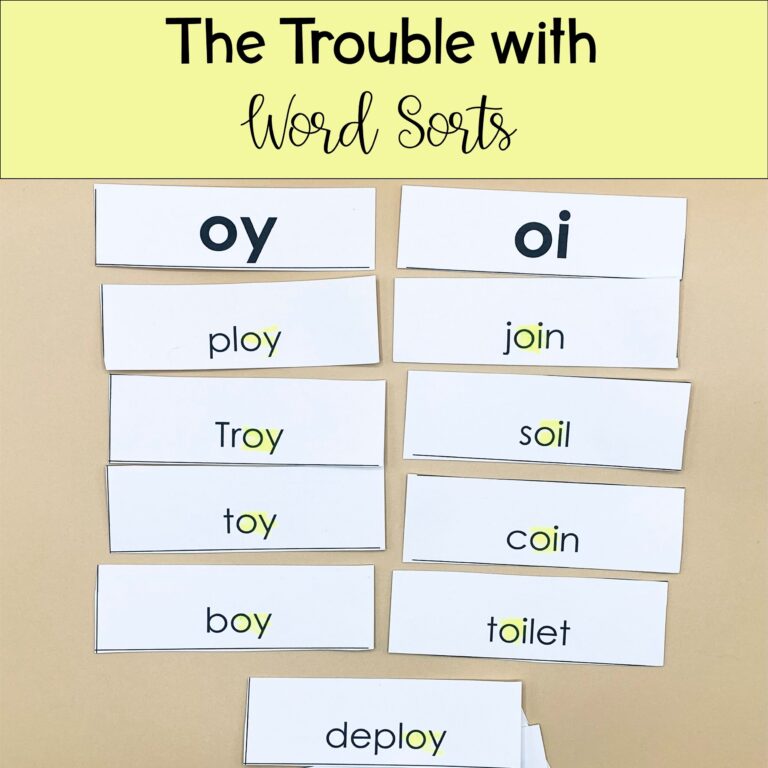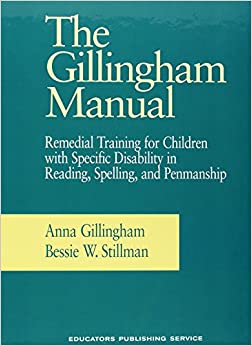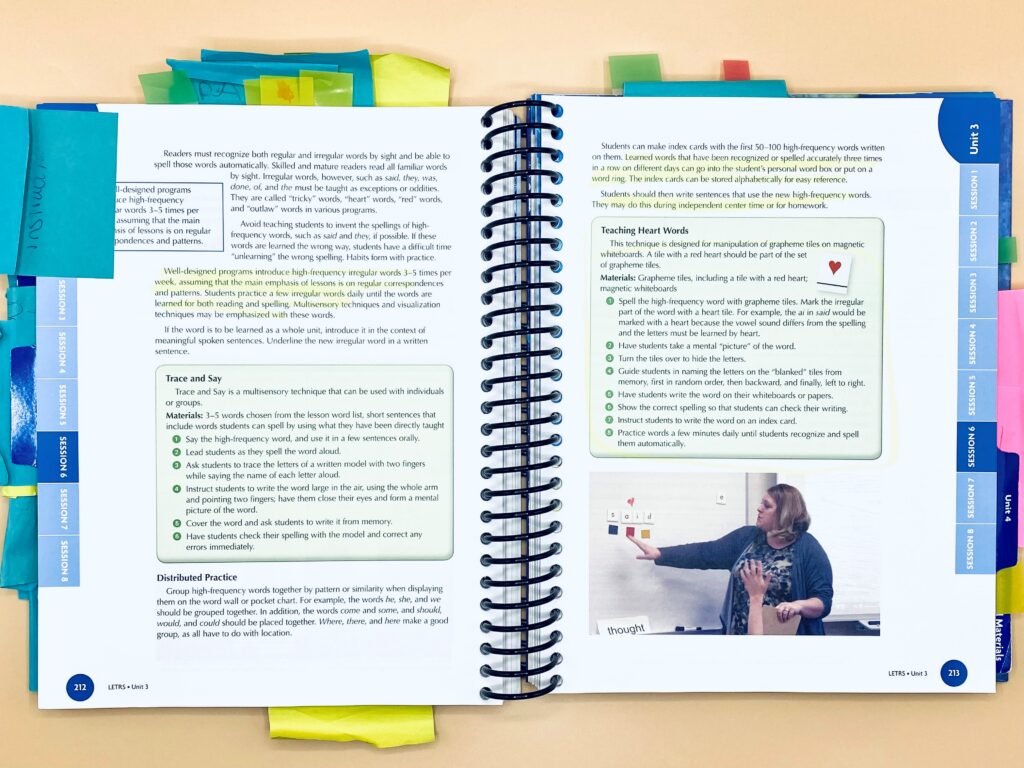
Share This:
I will always be amazed at how hard teachers work. I get messages each week from parents and teachers asking me which trainings they should take. People are willing to spend their own money to get the education they need to help children be successful.
Today, I’m going to compare 3 of the top trainings supported by the Science of Reading. I have taken all three and see value in all of them. Each training is worthwhile, and none of them will lead you down the wrong path. I’ll let you know the pros and cons so you can make the best decision for yourself.
I want to share the trainings I’ve been through. I want to frame how and when I did each of these courses so that you can compare. I was Orton-Gillingham trained (classroom level) by Dawn Nieman in April 2019. I took the associate level training with Dawn in the summer of 2021 through Zoom. I completed both volumes of LETRS between February 2020 and June 2021. I was not part of a cohort, but had access to some cohort trainings in my district later. I completed Top Ten Tools (Formerly Reading Teacher’s Top Ten Tools) online between August and September 2021.
Orton-Gillingham was the first training I received in the Science of Reading world. According to the Academy of Orton-Gillingham Practitioners and Educators, the Orton-Gillingham approach is a “direct, explicit, multisensory, structured, sequential, diagnostic, and prescriptive way to teach literacy when reading, writing, and spelling does not come easily to individuals.” It was originally designed almost 100 years ago for students with dyslexia.

There are several Orton Gillingham organizations out there. IMSE, and AOGPE are the two most well-known. They are all great, and as long as you are trained by a certified fellow, you are good!
Language Essentials for Teachers of Reading and Spelling (LETRS) has become the gold standard for teachers in the Science of Reading. Some states, like North Carolina, are even providing the training to all of their teachers for free. According to their website, LETRS is “a flexible, literacy professional development solution for preK–5 educators. LETRS provides teachers with the skills they need to master the fundamentals of reading instruction—phonological awareness, phonics, fluency, vocabulary, comprehension, writing, and language.” It promises a lot, and honestly? It delivers.

When I wrote this blog post in 2021, TTT wasn’t a part of 95% Group. In the past couple years, they have purchased the program. While I cannot attest to it with certainty, as I have not taken the course again, I have spoken to others that have. It appears the course remains largely unchanged now that it is part of 95% Group.
No matter which of these trainings you choose, it will be worth the time, money, and effort. It really boils down to a few things—cost and what you hope to receive. If cost is no issue, I would go with LETRS or Orton-Gillingham. If those don’t work financially, Top Ten Tools offers a more affordable option. I will say that Top 10 Tools was my last training: if I had taken it first, I may feel that it was the most indispensable option! If you are already knowledgeable about the Science of Reading, but want to gain a deeper understanding of explicit phonics instruction, then you can’t go wrong with Orton Gillingham training. OG, LETRS, TTT—all three are valuable and all three are changing the lives of children through the teachers they train. So, what is next for your professional development?
Share This:

Savannah Campbell is a K-5 reading specialist. She has taught her entire 12-year teaching career at the school she went to as a child. She holds two master’s degrees in education from the College of William and Mary. Savannah is both Orton-Gillingham and LETRS trained. Her greatest hope in life is to allow all children to live the life they want by helping them to become literate individuals.

Savannah Campbell is a K-5 reading specialist. She has taught her entire 12-year teaching career at the school she went to as a child. She holds two master’s degrees in education from the College of William and Mary. Savannah is both Orton-Gillingham and LETRS trained. Her greatest hope in life is to allow all children to live the life they want by helping them to become literate individuals.
Feeling overwhelmed with all the terminology out there? Want to know the key terms all teachers need to teach phonics? In this FREE Rules of English cheat sheet, you get a 5 page pdf that takes you through the most important terms for understanding English—you’ll learn about digraphs, blends, syllable types, syllable divisions, and move. Grab today and take the stress out of your phonics prep!
